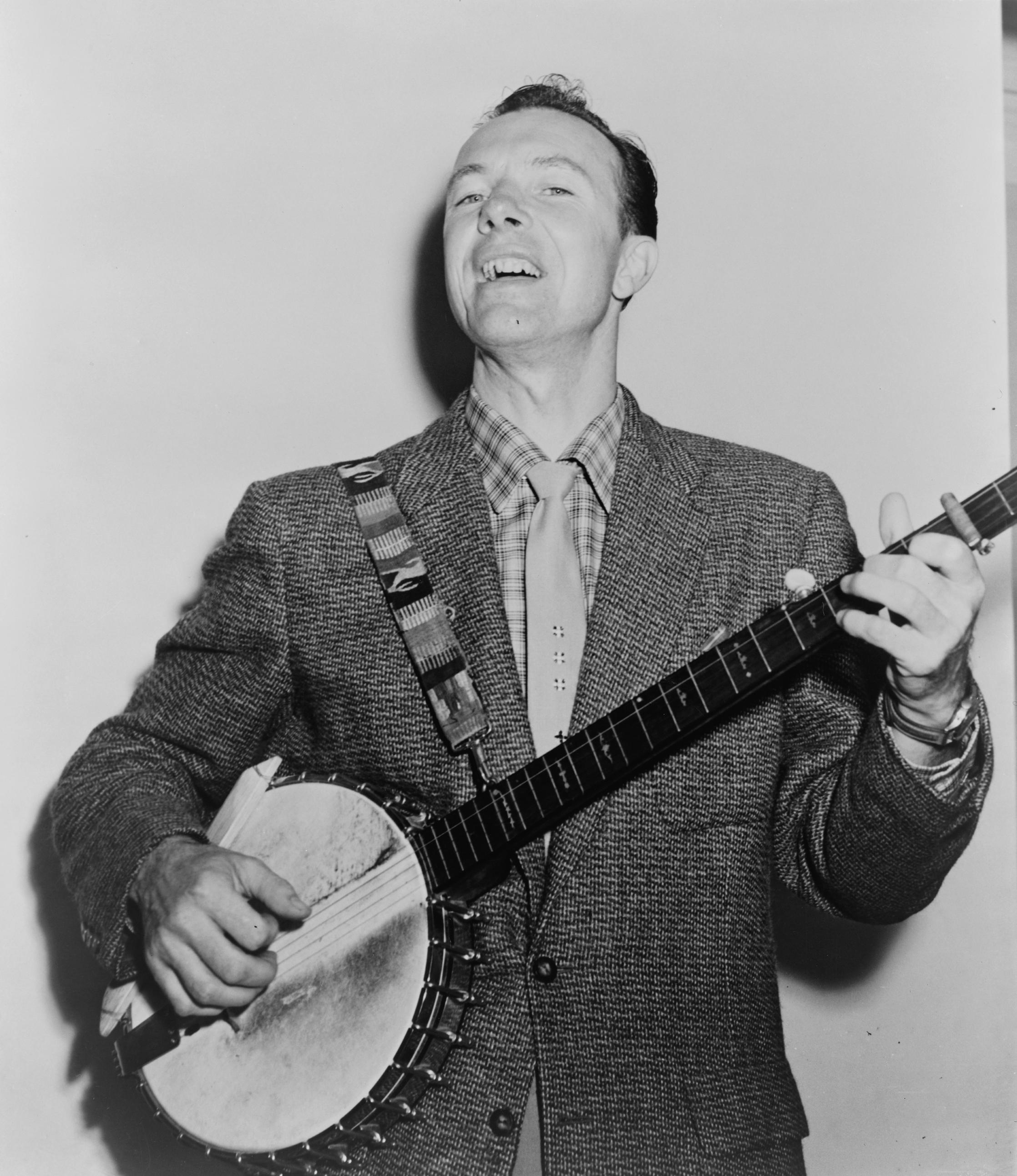Greenwich Village: Music That Defined a Generation
Runs Fri., May 31–Thurs., June 6. Not rated. 92 minutes.
Laura Archibald makes revolution look easy. In the Canadian director’s paean to the counterculture that bloomed in early-’60s Greenwich Village, the enemies are all external, the intentions of the young are all unassailable, and the polemics that flow from the mouths of the poets and folk singers are the natural-born truth, delivered from Mother Earth to the bohemian soul via the holey soles of their worn leather boots.
Of course, it wasn’t that easy. As we know from more satisfying chronicles of the time—Martin Scorsese’s Bob Dylan doc, No Direction Home, or the Phil Ochs–focused There But for Fortune, for instance—the Village was like any other community, filled with acrimony, populated by winners and losers. (This is the same setting for the Coen brothers’ acclaimed new Inside Llewyn Davis, due in December.)
To her credit, Archibald’s scope is much wider than a portrait of any single artist. Her doc isn’t a revisionist history, just a reductive one that reflects its subjects’ self-serving memories.
Luckily, it’s an entertaining roster she has gathered. Pete Seeger, Kris Kristofferson, Peter Yarrow, the Simon sisters, Judy Collins, and many more tell anecdote after anecdote of an undeniably fascinating moment in American culture, accompanied by grainy old footage of protests and performances. The doc’s portrait of Richie Havens, the recently deceased singer/songwriter, is alone worth the ticket price. He provides one of the most succinct definitions of folk music I have heard, and his performance of “Freedom” is jaw-dropping. Most of the old TV clips are engrossing—in particular, performances of “Thirsty Boots” by Eric Andersen, “I Ain’t Marchin’ Anymore” by Ochs, “Night in the City” by Joni Mitchell, and “Turn Turn Turn” by Seeger and Collins. Archibald also does a fine job explaining the folk boom, from Woody Guthrie to Harry Smith’s Anthology of American Folk Music to the hugely influential ’50s folk group the Weavers.
The film’s pivot point is the 1961 confrontation in Washington Square after the city outlawed singing on Sundays. Yet the scene’s internal conflicts are missing here. Dylan, in particular, gets a pass: There’s no discussion of his possible appropriation of other artists’ work, no mention of his tumultuous times with Joan Baez (who’s strangely absent from the doc). Archibald basically ignores the coming of rock. Only during the final credits do we witness Seeger railing against Dylan’s electric-guitar apostasy. But that’s another movie. MARK BAUMGARTEN
What Maisie Knew
Opens Fri., May 31 at Sundance Cinemas. Rated R. 98 minutes.
The most famous children to spring from the pen of Henry James are the brother and sister from The Turn of the Screw, that celebrated and oft-filmed ghost story. The young heroine of James’ What Maisie Knew is about to receive her most prominent film exposure, albeit in a setting the author could not have imagined. Directing team Scott McGehee and David Siegel (The Deep End) place the 1897 novel smack in the 21st-century urban jungle. Here, the ghosts in 6-year-old Maisie’s life are her parents: Julianne Moore plays the mother, an irresponsible singer trying to revive her career; Steve Coogan plays the father, a sarcastic art dealer.
They’re splitting up, and Maisie (Onata Aprile) is the club with which they can hammer each other. The fact that Maisie’s nanny (Joanna Vanderham) has moved in with Dad gives Mom an excuse to retaliate with an abrupt marriage to a genial bartender (Alexander Skarsgård of True Blood) in her bohemian circle. The audience is quick to spot how these younger stepparents behave more lovingly toward the kid than her own flesh and blood does.
It is hard for Julianne Moore to do wrong; here, however, her character’s nuances are entirely expected. Coogan is excellent in an unusual role for him, as he takes his smarmy comedy persona and grounds it in real-world character. That’s McGehee and Siegel’s design: The parents are terribly selfish people who do rotten things, but time is taken to establish their genuine love for Maisie. In a better movie, this might count as complexity, but here it feels more like a blueprint carried out.
Fittingly, this drama’s urban landscape consists of a series of indistinct exteriors and generic rooms, as though we’re seeing things through Maisie’s unworldly perspective. It makes sense that the two young surrogate parents are so ideal—prettier and more fun than the real parents—if what’s onscreen is a child’s wish fulfillment about her uncertain place in the world.
What Maisie Knew contains devastating scenes, as would any movie about a child in this situation. Perhaps only later do such effects feel calculated, which is somehow more irritating in a film that strives to look uncalculated. What does Maisie know? More, probably, than this well-meaning project can acknowledge, which is finally its greatest shortcoming. Robert Horton
E
film@seattleweekly.com





